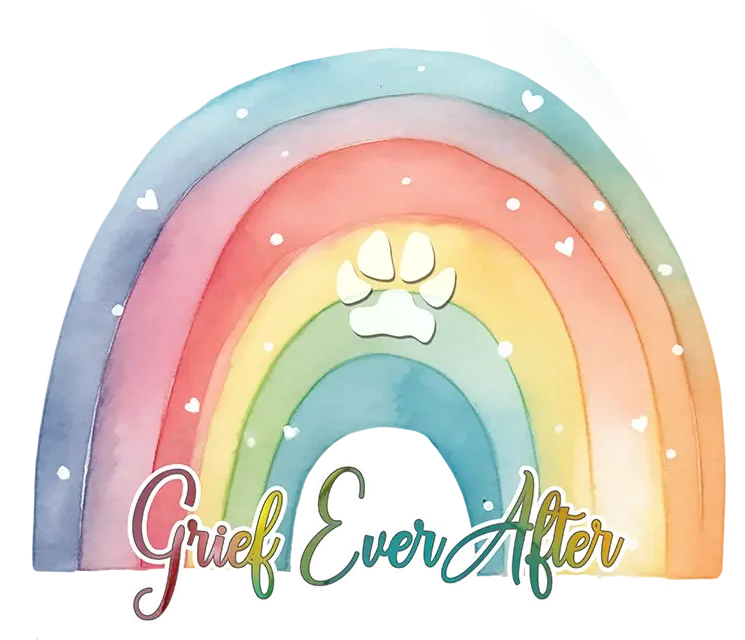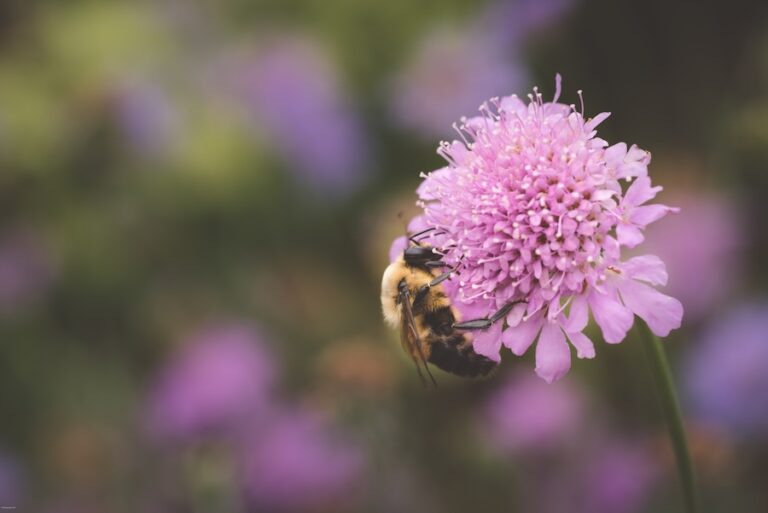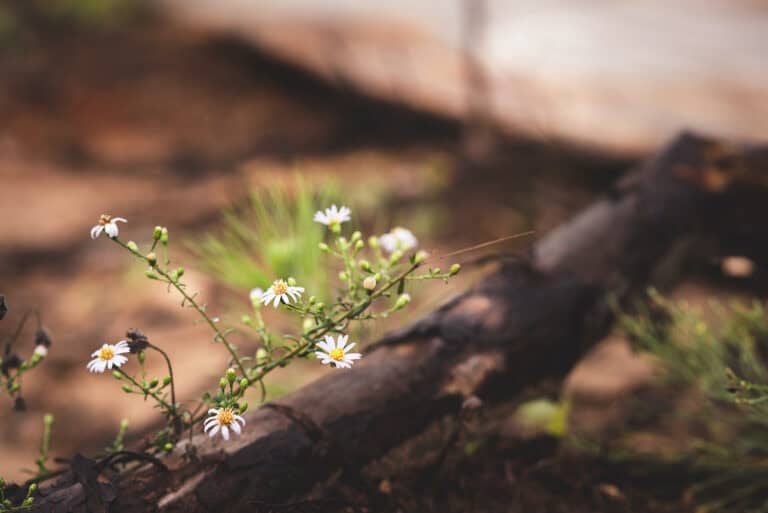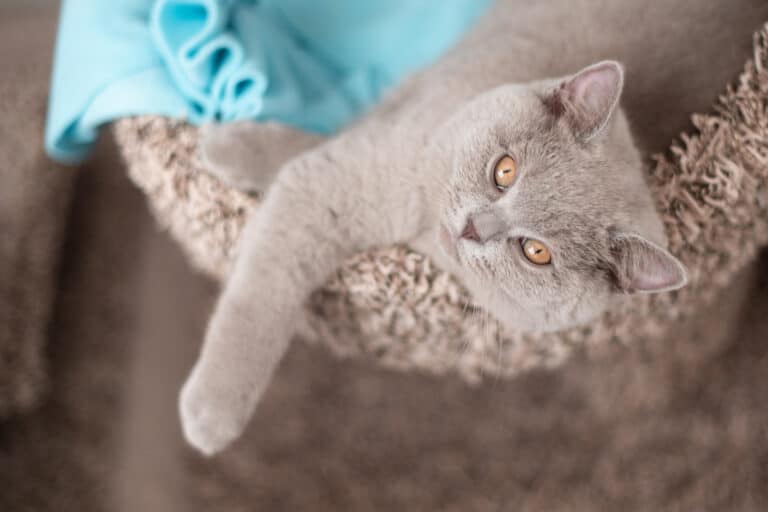The Long-lasting Sadness of Pet Loss and Grief
Sadness is a non-negotiable part of grief. It’s there from the very first moment of loss and lingers. Experiencing the sadness of pet loss and grief is nearly guaranteed when you give your heart to a precious being, who will likely not live as long as you. A risky move in the book of love, but it’s so worth it.
Sadness, especially while grieving, is a bit more complicated than we might realize. It becomes an emotional state that requires a lot of patience and understanding. Two things that people can struggle with internally.
It’s important to recognize that sadness is not just an expression of pain, but a reflection of deep love and connection. While it doesn’t have to define your identity, embracing that sadness is a part of you after loss, is a gentle step toward healing.
Prolonged Sadness
Hopefully it’s not common to find yourself living with raw and prolonged sadness. Grief after the death of a loved one ushers this difficult time in. Longing and sadness can feel like they’re here to stay.
If you haven’t experienced this depth of sadness before, you might find yourself questioning, “Is this normal?” or “How long will this last?” You may have an overall sense of long-term melancholy.
Yes, it’s all normal. Their absence will always feel sad. In fact, searching for a way out of sadness may feel elusive and unproductive. It may make you feel like doing things to actively mourn is pointless, because you’re still sad.
Remind yourself that the goal is not trying to make the sadness of pet loss disappear. Through the evolution of grief we can try to find balance between feeling sad and finding comfort. This synergy is the foundation of inner strength and resilience.
The Human Connotation of Sadness
From childhood we’re taught that sad equals bad. This simple equation can lead to suppressing feelings and viewing sadness as a weakness or something to be avoided. But that perspective overlooks the complexity of the emotion and it’s part in the greater human experience.
Humans tend to prioritize happiness above all else. But happiness and sadness are not mutually exclusive. They can, and do, exist together.
Experiencing sadness can enhance the appreciation of joy and love. And parallel happiness reminds us what we’ve endured, survived, and deserve. The connection between happiness and sadness is often a lesson learned during the hardest, most vulnerable times of life.
Society’s Need to Alleviate Sadness
Society is not comfortable with other people’s sadness. The desire to alleviate and “fix” sadness is pervasive actually. People do it in all areas of life and relationships.
For someone grieving, a significant challenge is being constantly faced with brightsiding and relentless optimism. If sadness is written on your face, in your demeanor, or in your words, someone nearby is bound to go into fix-it mode.
As well intentioned as it may be, it can feel dismissive, invalidating, and unwelcome. Society’s belief that happiness is the ultimate goal and the ideal state reinforces the inability to sit with someone in sadness. To offer compassion, not sympathy.
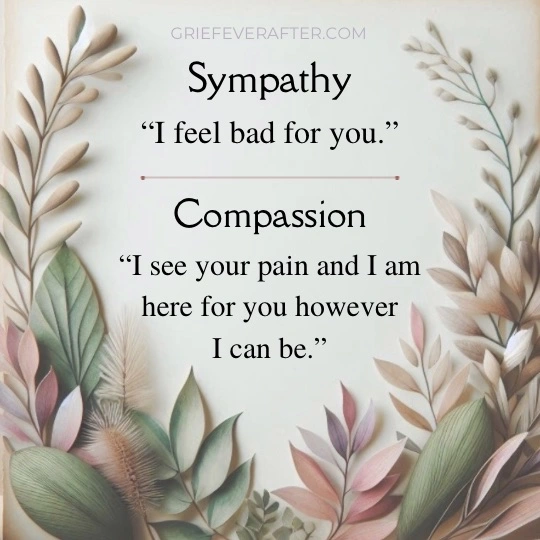
Unfortunately, until one has known great love and great loss, it is likely no fault of their own that they don’t realize the best support is just being present. There is no silver-lining, no gratitude that outweighs sadness with the flick of a switch, and there is no fix for grief.
So What Do You Do With All the Sadness in Grief?
Start Thinking About What Love Looks Like Now
We know that death can’t take love. So what does love look like now? This is the ultimate existential question after losing someone so significant to you.
Take time with this, as it’s the main road of grief – and it’s a long one. Remember that as painful and sad that grief is, your connection with your loved one is not born from that pain. Your connection is not in your sadness — it’s in your heart and it’s in your soul.
It’s also important to recognize that as grief evolves, there may be things that feel both good and sad simultaneously, like talking to your beloved pet, taking a walk with your dog’s collar, or snuggling up in your cat’s favorite blanket. There will probably always be those heart-in-your-stomach moments that are a momentary precursor to feeling the enduring love.
Create Timeless New Rituals
One of the heartbreaking parts about grief is that it changes some of the sweetest routines and rituals you’ve shared with your cherished pet. There is a heaviness in knowing that things will never be the same.
Give yourself time to create new rituals and traditions. They don’t need to be elaborate; they just need to be meaningful to you. These special new remembrances can help you cultivate a connection to the love you shared, while also making room for your grief to exist alongside them.
Timeless rituals created in grief remind us that although someone is not physically here, they are not completely gone. There is both solace and sadness in that. It’s reassuring and feels good to know there are ways they will always have an outward presence in your life. And it’s also a sorrowful reminder that things are different.
Over time, though sadness can and will still exist, leaning into these new rituals and renewed connection softens the sharp edge grief.
Find Your People
Finding your healthy support in grief can feel like an effort. This is a combination of setting boundaries when needed and also seeking out people who are experiencing something similar.
In grief, strangers often become close friends because they are the ones who see you and your sadness, not as an unrecognizable former version of yourself, but as a bereaved pet parent who deserves to grieve.
If you find yourself inundated with the aforementioned bright-siders, you may have to consider setting some boundaries. Sometimes spoon-feeding people how to support you is effective, and other times you must create distance from toxic positivity while you heal.

Both grief and sadness are universal experiences, markedly pronounced when someone you love dearly dies. But the long-lasting sadness of pet loss and grief is not a weakness or a character flaw. It is a testament to being human and experiencing both profound love and profound loss.
One beautiful and heartbreaking life lesson is that long term sadness is an inherent part of loss. It compels you to reflect, connect in different ways, and ultimately grow.
In a world that celebrates joy and success, embracing sadness can feel like a vulnerability, a place we should “do better”. Yet, doing so allows us to dig deeper into what it means to be human and to experience love.
